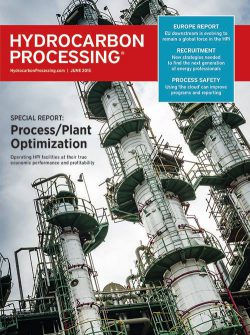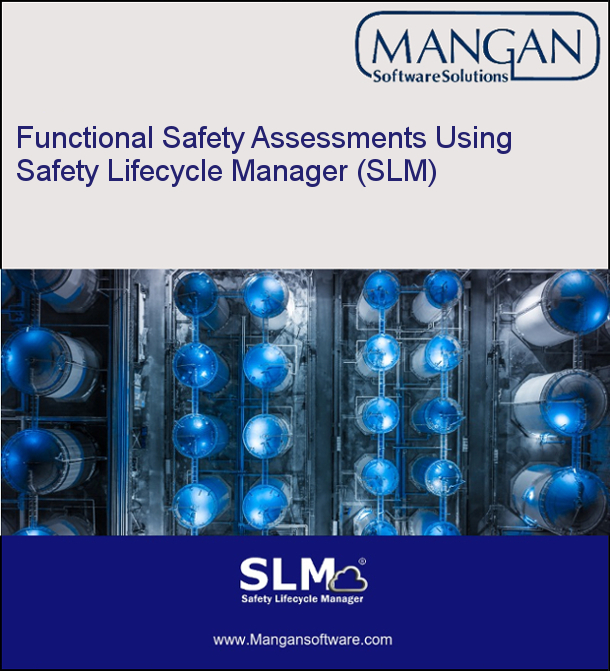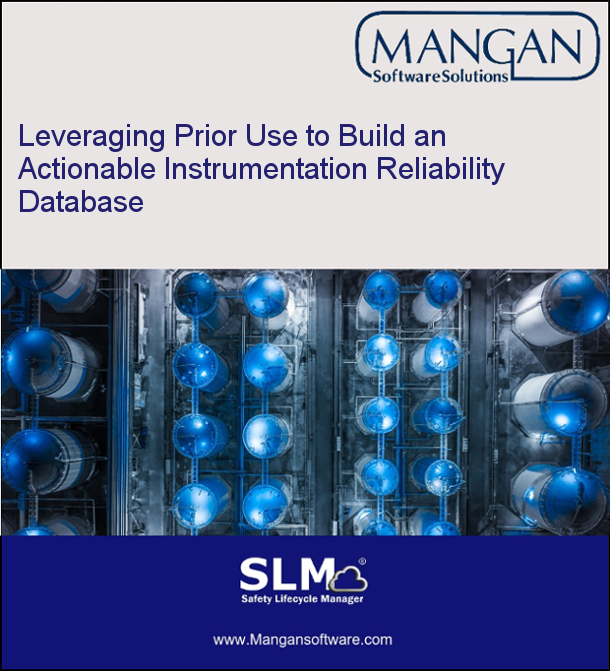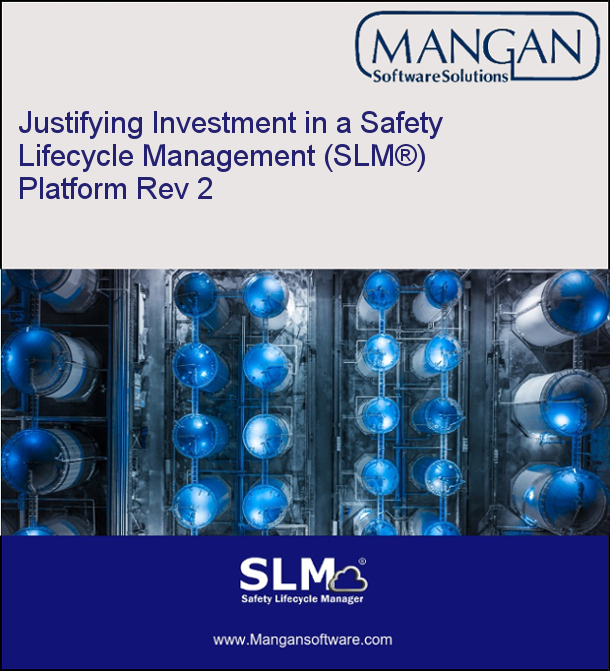Hydrocarbon Processing Magazine Cloud Computing: The Next Revolution in Process Safety

To Download the PDF Please Click Here
Over the past 25 years, the process safety and functional safety disciplines have evolved from the implementation of safety legislation and the creation of governing authorities, to the re- development of best practices and the adoption of applicable standards. As the push for operational excellence and process safety spreads across multiple industries worldwide, organizations are continuously looking to technology to offer effective solutions.
Over that time, technological advances have provided new and effective software products that sought to answer this call; yet, emerging process safety methodologies and technical limitations of the 1990s and early 2000s reduced their scope and efficacy. Detailed here are the evolution of information-man- management technology, the benefits of software innovation over the last 25 years, and the limitations of tactical solutions that led to the search for new products.
Also demonstrated is the evolution from disparate application- cations and data-management systems to strategically linked, cloud-based solutions. This evolution is allowing thought leaders within the petrochemical industry to re-engineer how their plants implement and execute process and functional safety.


